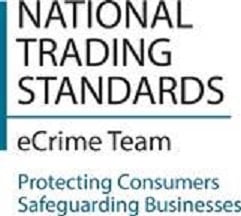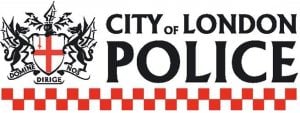Most of us are bombarded by phishing emails every day, claiming to be from our bank, an online retailer or government department.
Many people have now become wary of such unsolicited emails, especially when they come from a bank they do not even have an account with or a retailer they do not buy from. But the fraudsters are becoming smarter day by day, and are producing some very authentic-looking emails in an attempt to fool you into divulging your personal or financial details.
 The one pictured here, for example, was received by our Content Editor only yesterday. It claims to be from HMRC and asks for the recipient to click on a link within the email in order to claim a 'tax refund'. It is, of course, a scam, and clicking on the link will take you to a fake 'HMRC' website where you will be invited to enter your bank account and other details, which will then be used to defraud you.
The one pictured here, for example, was received by our Content Editor only yesterday. It claims to be from HMRC and asks for the recipient to click on a link within the email in order to claim a 'tax refund'. It is, of course, a scam, and clicking on the link will take you to a fake 'HMRC' website where you will be invited to enter your bank account and other details, which will then be used to defraud you.
The design of the email is remarkably professional … this one was received on our Editor's smartphone and the graphics are actually superior to those in the email received on his PC. The 'See also' links also seem to lead to actual HMRC sites.
However, there are a number of classic tell-tale signs that this is a fake:
– The recipient is not addressed 'Mr', 'Ms' etc
– Errors in English, such as "To return the excess payment' when it is actually offering a refund, "How to return itself have not changed", "We are here to Ensure" (capital E)
– Hovering over the 'Claim My Refund' link reveals a website address that is definitely nothing to do with HMRC
– The amount of the 'tax refund' is a round figure, which would be extremely unlikely
– You would never receive such an email from HMRC
Phishing emails are behind millions of pounds worth of fraud every year, so as with everything you do online, make sure you take care in order to avoid being defrauded









































